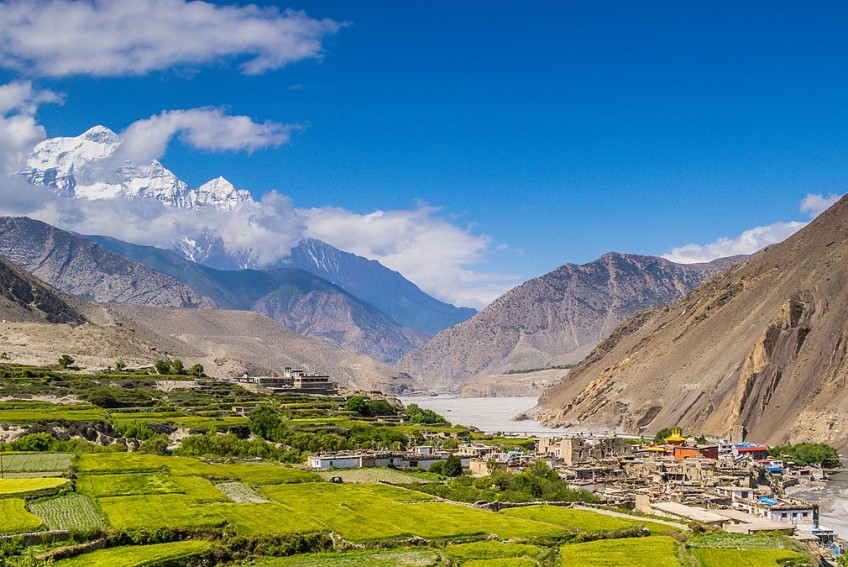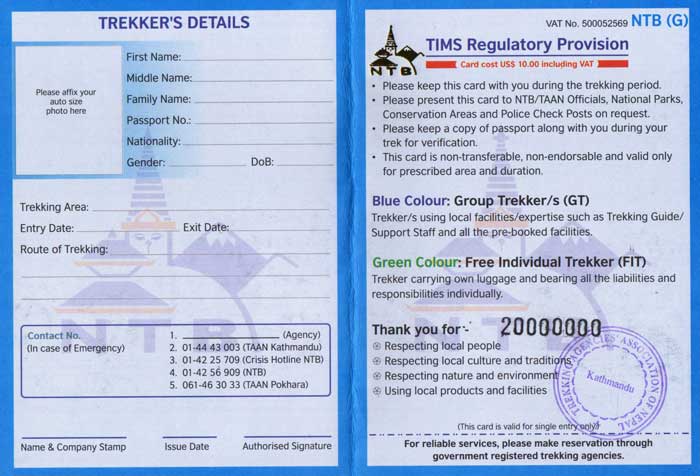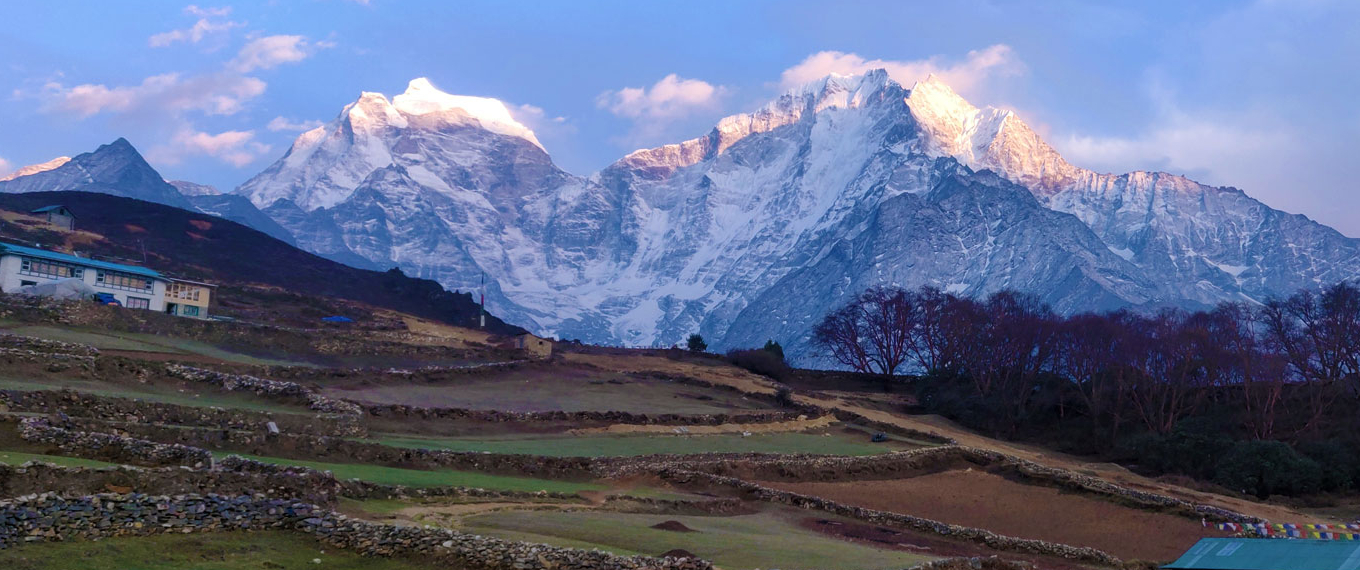Everest Base Camp Trek Overview
Trekking in the Himalayas brings a highlight: Mt. Everest. It’s famous worldwide, not just here. For hikers and climbers, being near the world’s highest peak is a moment to remember. This Everest Base Camp trek happens in Nepal’s Bagmati Zone, offering great views. You’ll see 4 of the 6 tallest peaks. Cho Oyu (8,201 m), Mt. Makalu (8,470 m), Mt. Lhotse (8,516 m), and Mt. Everest (8,848 m).
The Everest Base Camp trek includes staying in tea houses, where you’ll experience high-altitude villages and their cultures firsthand. You’ll also learn about Sherpa life and their deep connection to the mountains. Along the way, you’ll see key points like Kala Patthar. It stands at 5,500 m and provides a great view of Mt. Everest. Trek to Everest Base Camp offers a chance to witness the Himalayas’ beauty, the excitement of the climb, and Nepal’s charming culture.
Major Highlights of the Everest Base Camp Trek
- Sir Edmund Hillary and Tenzing Norgay made Everest famous when they climbed it in 1953 AD.
- You’ll reach the base of the world’s tallest mountain, which stands at 8848 meters.
- Experience great views of all mountain ranges from Hotel Everest View. This hotel is the world’s highest hotel.
- During your EBC trek, you’ll marvel at the peaks of Ama Dablam, Lhotse, Nuptse, and Thamserku.
- Explore diverse Himalayan flora and fauna in a quiet environment by visiting Sagarmatha National Park. This park is a UNESCO World Heritage Site.
- The route to Everest Base Camp includes Tengboche Monastery. This is a Tibetan Buddhist monastery associated with the Sherpa community.
- Learn about the diverse culture, traditions, and lifestyle of the Sherpa Community by visiting Namche Bazaar’s Sherpa Museum.
- At Kala Patthar, Mount Everest is struck by a sunrise, while its sunset turns the horizon golden.
- On the EBC trek, you’ll see a 360-degree wide view of the entire Himalayan range, including Ama Dablam, Mount Nuptse, and Everest itself.
- Lukla Airport stands as one of the highest-altitude and most dangerous airports. Landing there can provide a sense of thrill and victory.
- The ultimate goal of the trek is to reach Everest Base Camp. It provides a sense of unique success.
A Guide on Hiking to Mount Everest Base Camp
You can choose from three main options for trekking to Everest Base Camp. You can take a package tour with Alliance Treks, trek by yourself with a porter or guide, or trek independently.
- Opting for an organized tour through Alliance Trek is a good choice if you’re alone or lack confidence in a solo trek. It’s easier but comes at a higher cost.
- It’s easy to find porters and guides in Kathmandu. Just visit Alliance Trek, and we’ll help you arrange the stuff you need.
- Doing the trek yourself isn’t difficult. You only need to organize plane, bus, or jeep tickets from Kathmandu to Lukla. You’ll follow a clear main trail, stay in the same little towns with many tea houses, and experience Sherpa culture without needing to book anything in advance.
Accommodation on the Everest Base Camp Trek
Tea House provides a place to stay on the Everest Base Camp trek. They are bed and breakfast lodges specifically for trekkers. In Nepal, EBC tea houses are simple, clean, and comfortable. You can also check in easily and enjoy a relaxed breakfast for an early start the next day.
Cost of the tea house
At Tea House, prices range from $5 to $10 if you order food. The walls are thin, so inside and outside temperatures are similar. Tea houses provide blankets. Sleeping in a thin sleeping bag with your clothes under the blankets is enough for the cold nights at higher heights.
Shower on EBC Trek
As you go up, everything becomes more expensive. You had to pay for hot showers from Namche Bazaar. The average cost is NPR 500 to NPR 700, and then after a long day of walking, it’s worth it. Early in the season, water in the pipes may freeze, thus limiting you to a bucket shower filled with hot water, which is okay. However, in February at Gorakshep, it’s just too cold. We will pack wet wipes for a dry shower and bring hand sanitizer for times when water or soap isn’t available.
Charging options
Most tea houses have lights in the rooms but lack plugs. You need to pay for charging in the common area, typically 200 NPR per item or hour. The bedrooms don’t have electricity sockets. Therefore, charging is only available in the dining room for an extra cost.
The tea house has a large dining hall where guests eat and relax together. There’s also a fireplace burning wood and yak dung in the center of the dining room. All the lodges have western toilets, but you need to bring your own toilet paper.
Food on the Everest Base Camp Trek
Tea houses offer tasty meals, and most guests have 2 or 3 meals there each day. It’s recommended to have dinner and breakfast at the tea house where you stay overnight. Otherwise, accommodation costs more ($15 instead of $3). In addition, budgeting around $25 per day ($8 per meal) allows you to eat well.
Many people rely on Dhal Bhat as their staple food during the trek, and porters always eat this. It’s typically served as bottomless at most places. It means when your plate is empty, they will refill your dhal, rice, and potatoes. Whereas, if they don’t offer, just ask for more.
We will typically have a late lunch upon arrival at 15:00 and then have an early dinner at 19:00 before leaving the next day. We will avoid drinking tap water on the EBC trek. Instead, we will buy water bottles at each tea house or use our Lifestraw Bottle to make tap water safe to drink.
How can I get a Nepal Visa?
You can get Nepal visas upon arrival at Tribhuvan International Airport. To make the process faster and avoid long lines, fill out the Online Nepal Visa form a week before you arrive. Bringing a printed copy with the proof number certainly helps you get through Immigration faster. Make sure you have enough cash for the visa fee when you arrive, as the cost depends on how long you’re staying and how often you’re entering. Also, we suggest you check our tourist visa in Nepal as there have been some major changes.
Everest Base Camp Trek Permits 2024
You will need two permits for the Everest Base Camp Trek which are Included in the package.
Best Time to Trek Everest Base Camp
Alliance Trek highly recommends trekking to Everest Base Camp during Autumn (Sep-Nov) and Spring (Mar-May) as the most favorable times. Autumn provides clear skies and festive vibes, thus making it the best option. Spring offers a refreshing aura with blooming flowers and mild temperatures.
On the other hand, Monsoon and winter give you crowd-free and serene atmospheres for a peaceful trek. However, these seasons come with challenging weather conditions, including risks of heavy rainfall and avalanches.
Tips for Everest Base Camp Trek
- Get physically and mentally prepared 2-3 months before going on the trek.
- Bring protein bars and dried fruits as snacks in the mountains. Opt for hot lemon, green tea, lemon tea, or garlic soups to stay hydrated at higher elevations.
- Take responsibility for your travel. Avoid using bottled water and other plastics to protect the environment and preserve the beauty of the place.
- Don’t forget to take pictures with a camera against the beautiful backdrop of the Everest region.
- Always keep your body hydrated and avoid digestive discomfort. Stay away from junk foods, alcohol, and dairy products.
- Follow expert guidance and make sure that you take enough time for acclimatization. If you face symptoms of Acute Mountain Sickness or AMS, contact your guide on the spot.
- Take personal care of your valuables by storing them in your backpack or rucksack.
- To access the internet, buy the Everest Link Card for USD 2 – 4, which is cheaper than Airlink. Also, make sure to buy a SIM card from Nepal Telecom or Ncell.
- During peak seasons, there’s a high demand for device charging facilities. Therefore, please carry power banks as an option to save money on charging.
- Each person should carry cash of NPR 18,000-20,000 (roughly USD 180-200) for extra expenses. Such as shower fees, device charging, and Wi-Fi during the EBC trip. You can visit one of the money exchange centers or use the 24/7 ATM stations available in KTM.
- Feel free to respect your guides with tips, for their support.
Insurance for the Everest Base Camp Trek
Getting sick at high heights can occur during the high-altitude trek to Everest Base Camp. The most common emergency rescue method is by helicopter. It’s advisable to have travel insurance that covers hiking up to 6000m, especially for Everest Base Camp at 5364m. You can purchase insurance for the entire trip or just for the trek’s duration.
Other trek options
Besides the Everest Base Camp Trek, we also have other trek options which are listed down below:
- Manaslu Circuit Trek
- Manaslu Tsum Valley Trek
- Ruby Valley Cultural Trek
- Ruby Valley Circuit Trek
- Trek to Langtang Valley
- Annapurna Base Camp trek
- Annapurna Circuit trek
- Round Annapurna trek
- Mardi Himal trek
- Kanchenjunga Circuit trek
- Lower Mustang trek
- Rara Lake trek
- Nar Phu Valley trek
- Poon hill trek
- Everest View Pikey Peak trek
Important Info
Please check our trek equipment list. This list will certainly be a guide for you if you plan to trek in Nepal. Similarly, you can check our AMC (Acute Mountain Sickness). This is the most important thing to consider while going on a trek or climb in Nepal. The AMC (Acute Mountain Sickness) can be a good guide for you to learn more about getting ill at high heights in Nepal. Also, if you want to do a Peak climb in Nepal then please check the climbing equipment list that is a must while going on the Peak climb. Likewise, we suggest you check the updated TIMS card rule as there have been some new changes in Nepal.
Booking is open for 2024 / 2025
Are you planning to trek or tour in 2024? If so, then in our Best Deals part, you can find the ideal info on the best price for the trek or tour cost. Furthermore, book plans as soon as possible.
Contact us or you can send a message or call us at
WhatsApp / Viber / Mobile: +977- 9851 022 814, +977 – 9841 451 681
We are available 24 / 7
Overview
Experience an epic Everest Base Camp Trek for a journey filled with breathtaking mountain views, immersion in Sherpa culture, exploration of Sagarmatha National Park, and visits to high-altitude Buddhist monasteries. Our adventurous trek package ensures you reach the base camp of the world’s tallest mountain, Everest, and ascend Kala Patthar for stunning panoramic Himalayan views. Experience the Sherpa way of life, explore the UNESCO World Heritage site of Sagarmatha National Park, and marvel at ancient Buddhist monasteries like Tengboche. To ensure a safe trek, acclimatize in Namche Bazaar and Dingboche. Join us for this unforgettable adventure, retracing the path of legendary climbers and creating lasting memories. Book your Everest Base Camp trek today!
Trip Highlights
- Kalapatthar(5,545m): A majestic viewpoint.
- Tengboche Monastery (the historical monastery)
- Scenic flight to Lukla (one of the busiest domestic airport in Nepal)
- Fully assisted trek with highly professional trekking guide and porter/s
- Namche Bazaar the capital village of Sherpa people in the Everest region.
- Sherpa Culture and Hospitality
- Everest Base Camp (5,364m)
- Sagarmatha National Park
- The world class Sherpa Villages
- Unique Terrain and Landscape

















